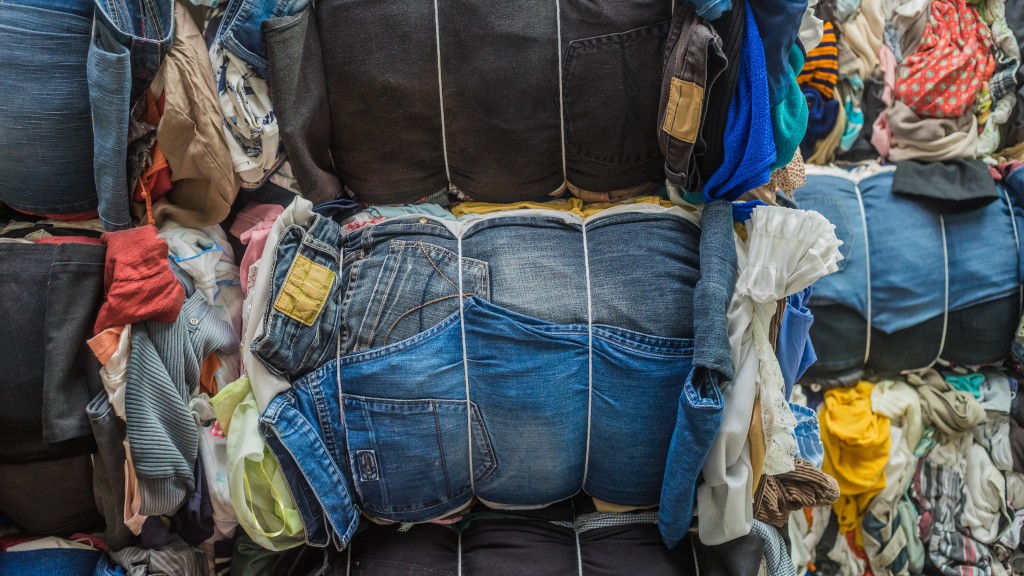Letter from the Editor: More than upcycling is needed to combat textile waste

Fashion trends are changing faster than ever, leading to an unprecedented increase in textile waste. The environmental impact of this waste is staggering with landfills bursting at the seams and chemicals leaching into our soil and waterways.
Textile recycling as a way to reduce this waste is not a new concept. For decades, we've been encouraged to donate our old clothes to thrift stores and charities or to repurpose and upcycle garments to give them a second life. But textile recycling needs to go beyond simply extending the lifespan of clothing in order to make any kind of meaningful change.
Despite its potential, textile recycling faces numerous challenges that hinder its widespread adoption. Clothing is often made up of different fibre blends, making it challenging to separate and process. Different fibres also require different recycling methods, and the presence of things such as zippers, buttons, and trims that need to be removed before recycling further complicates the process.
Infrastructure for textile recycling is still relatively limited compared to other recycling sectors, too. The collection, sorting, and processing capabilities required to handle large volumes of textiles are not readily available in many places which leads to logistical challenges and increased transportation costs. While progress has been made in textile recycling technologies, many of them are still in the early stages of development or are not viable on a large scale.
Textile recycling is not limited to clothing alone, and the recycling industry has expanded its focus to include other textile waste, such as mattresses and upholstery. According to a new project funded by the Mattress Recycling Council, recycled mattress textiles could be used to make electrodes for lithium batteries. In a three-year study at the National Institute for Materials Advancement at Pittsburg State University, researchers developed a process that transformed mattress textiles into conductive carbon materials used to make the anodes and cathodes in lithium-sulphur rechargeable batteries.
In Europe, the European Commission recently proposed mandatory EPR programs for textiles, making producers responsible for covering the costs associated with the management of textile waste. It will also incentivize companies to increase the circularity of their products during the design phase rather than waiting until the product reaches end-of-life.
Through the establishment of recycling facilities, upcycling initiatives, and the rise of sustainable fashion, there has been a positive shift in the way we deal with textile waste. However, it requires a collective effort to bring lasting change. We need to invest in research and development to create advanced recycling technologies that can efficiently break down textiles and extract valuable materials. We need designers and manufacturers to collaborate in developing products that are designed with recyclability in mind using materials that can be easily disassembled and repurposed.
Textile recycling is challenging, but with the right research and technologies this waste could provide an inexpensive and widely abundant feedstock that could satisfy both current and emerging needs.


